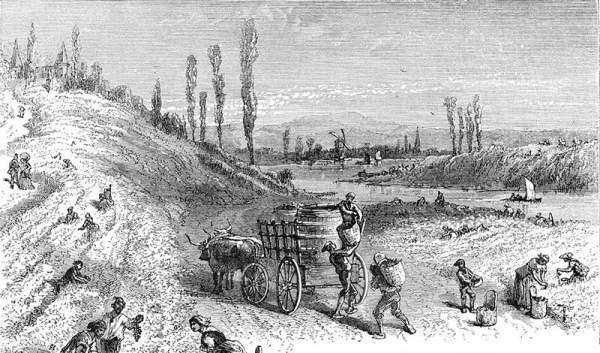Wines that make you dream: thinking about where wine development is going

In the 50-60s, when wines were made without controls, based on tradition, following regional customs, the aim of wineries and harvesters was to be able to offer the consumer stable wines in the bottle that could travel the world.
In all this time, winemakers have been able to define processes that have allowed them to model wines by their color and aroma (thiolic, terpenic, fermental), up to an industrial point that they dominate and thus be able to act both in the vineyard and in the winery.
This modeling has been necessary to be able to understand enology and to be able to act both in the vineyard and in the winery. But consumers have also matured and tired of such perfect and intense wines. What an American or Japanese consumer needed to understand wine before was intensity (lots of fruit, lots of wood, sweetness). However, the type of wines that consumers are now excited about are those that surprise them, ones that are original, different and above all complex, that make them dream of fantastic wines.
Wine will have a great future if we remember the past. We must reinvent wine, link it to our land, vineyards and traditions, but we must not overlook technique.
Just as the great enemy of industrialization has been the absence of errors, any modeling of a process leads to simplicity. Wine is a food like a cake or like the kitchen itself, where all dimensions must be preserved so that it does not become impoverished: volatile, acetate, pyrazines, leather. It is about seeking harmony, balance and the desire to do well, but above all, to be different.
There is currently a certain tension between technique and complexity or typicality.
It is not about making natural wines where we do not dominate anything, nor mathematical wines full of industrial models. The processes modeled are at odds with the imagination. The personality of a wine is in its style (although winemakers need to be able to classify it), but full of nuances that make it exclusive, unique and above all that allow one to dream. But let's not forget that to achieve this typicality, the exclusivity of the wines is only achieved if we master the first technical phase (from the vineyard to bottling, through aging). We must find technical and rational explanations for what our ancestors already did.
Our conclusion
We can make a wine in different areas in a stainless steel tank, with yeast X and at fermentation temperature Y. This will be a good, stable wine with a defined style, although not exclusive. Exclusivity will come from the nuances given by the land, the vineyard, biodiversity and the know-how of the winemaker.
Enology has never been as technical as it is now. Much work has been done and we now have more knowledge and this is what allows us to question everything. The technique is supposed to be there, but not to be noticed. It is not about going back, on the contrary, it is about looking ahead; without forgetting traditiional emans, being more respectful and pure with flavors, where less is more and the glass is more complex, it has history. Enology is more alive than ever.